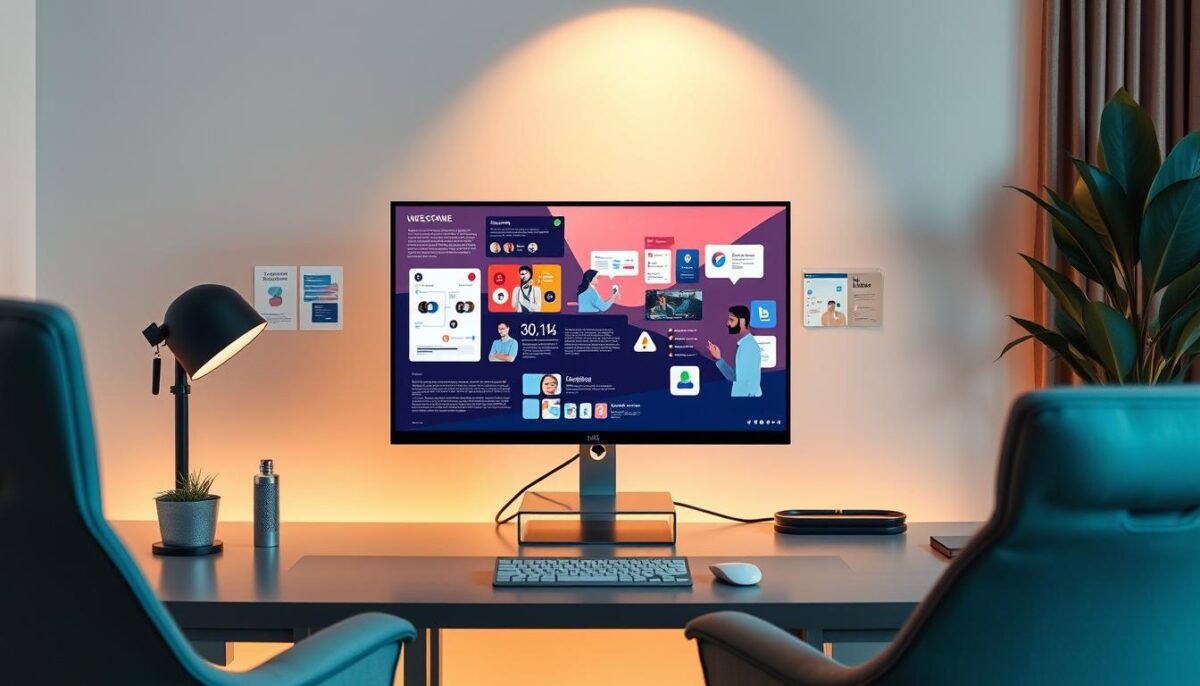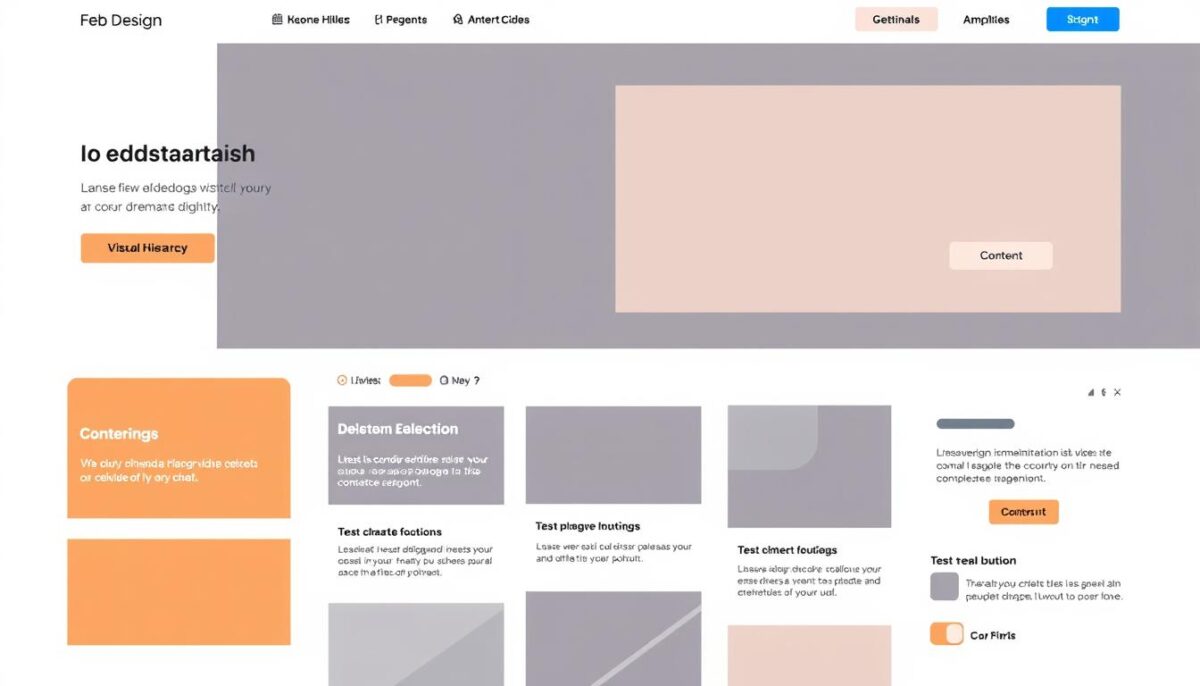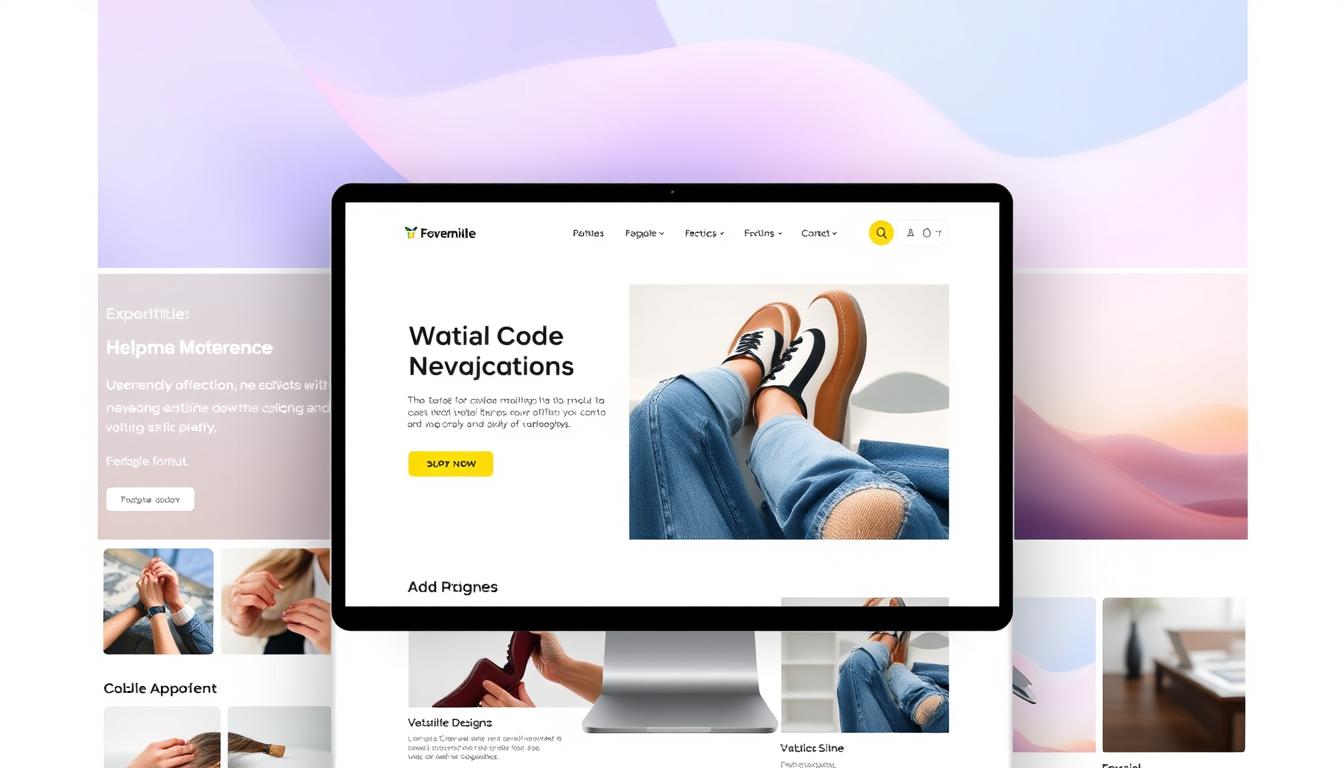Essential Elements of Effective Web Design
Effective web design is essential in creating websites that truly engage visitors and drive conversions. It encompasses a variety of web design elements that work together to enhance user experience. From visual hierarchy and layout to color and typography, every detail matters in crafting a site that not only looks appealing but also functions seamlessly across devices.
In today’s increasingly mobile landscape, responsive design is a critical component of effective web design. It ensures that your site adapts to different screen sizes, providing a consistent experience for all users. By focusing on the essential elements of web design, you can create an intuitive interface that guides visitors and fosters a satisfying interaction.
Understanding User Experience (UX)
User experience, often abbreviated as UX, holds pivotal significance in the realm of web design. It revolves around creating intuitive, engaging, and satisfying interactions between the user and the website. Emphasizing user-centric design can greatly enhance user satisfaction and retention. Effective designs consider users’ needs and preferences, ultimately resulting in a more enjoyable online experience.
Importance of User-Centric Design
User-centric design is essential because it prioritizes the needs and behaviors of users during the design process. Websites that embrace this approach often witness improved engagement levels. Data suggests that around 88% of online users are less likely to return to a site after a bad experience. Thus, investing in user-centric design can lead to long-term loyalty and a positive brand reputation.
Strategies for Improving UX
Implementing effective UX improvement strategies can significantly optimize user experience. Key tactics include:
- Conducting usability testing to identify pain points.
- Creating feedback loops that encourage user input.
- Refining user flows by removing unnecessary steps.
By focusing on these strategies, designers can enhance functionality and streamline the user journey, making it more efficient and enjoyable.
Key UX Metrics to Consider
Evaluating user experience requires analyzing specific UX metrics. These metrics provide valuable insights into a website’s performance and user satisfaction. Key metrics to monitor include:
| Metric | Description | Importance |
|---|---|---|
| Net Promoter Score (NPS) | Measures customer loyalty and satisfaction based on their likelihood to recommend the site. | Indicates overall user satisfaction and potential for growth. |
| Task Success Rate | Percentage of users who successfully complete a given task. | Highlights usability and effectiveness of the website design. |
| User Error Rate | Quantifies the frequency of user mistakes while interacting with the site. | Identifies areas needing improvement for a smoother user experience. |
Consistently monitoring these UX metrics helps in refining the overall user experience, guiding designers to make informed improvements based on user behavior.

Essential Elements of Effective Web Design
Effective web design hinges on two core elements: visual hierarchy and responsive design. These components work together to create an impactful user experience that keeps visitors engaged and facilitates easy navigation.
Visual Hierarchy and Layout
Visual hierarchy plays a crucial role in guiding a user’s attention through a web layout. By strategically utilizing aspects like size, color, and placement, designers can direct users toward important information or calls to action. For instance, larger fonts often indicate headings, while contrasting colors can draw attention to specific elements. Adopting a clear visual hierarchy helps create an organized web layout that enhances usability.
Responsive Design Principles
Responsive design is essential in today’s digital landscape where users access websites from various devices. Implementing flexible grid-based layouts ensures that content adapts seamlessly to different screen sizes. Responsive images further enhance mobile-friendly web design by adjusting to the available space, providing users with an optimal viewing experience. These principles not only improve accessibility but also boost engagement across all devices.

The Role of Color and Typography
In the realm of web design, color theory and typography play pivotal roles that extend beyond mere aesthetics. They influence the user experience, guide attention, and evoke emotions, making them essential components for any successful website. Understanding the impact of color schemes and font selection helps brands communicate their identity effectively while enhancing user engagement.
Choosing the Right Color Schemes
When selecting color schemes, designers must consider psychological effects. Colors can convey messages and influence perceptions, which is why aligning hues with brand identity is crucial. For instance, blue often evokes trust, while red can create urgency. A well-thought-out color palette should consist of a limited range of colors that complement one another, ensuring a cohesive and visually appealing design.
Font Selection and Readability
Equally important is the choice of typography in web design. Font readability is essential for user engagement; therefore, selecting legible fonts enhances user experience across various devices. Best practices suggest using no more than two or three different fonts to maintain consistency and ensuring the sizes are appropriate for comfortable reading. By harmonizing color schemes with carefully selected typography, designers create aesthetically pleasing and functional websites that convey their messages effectively.







